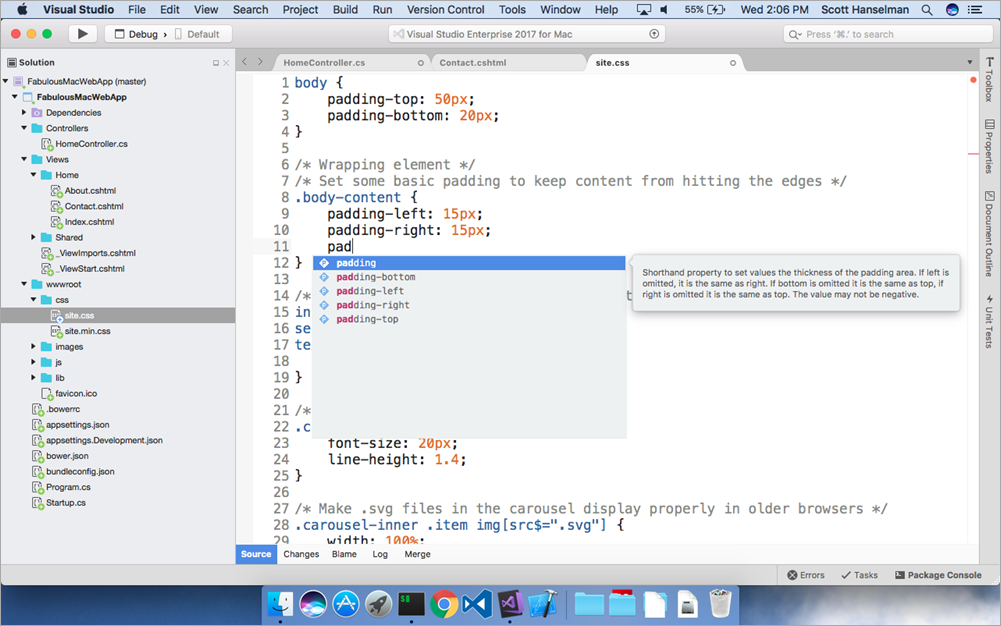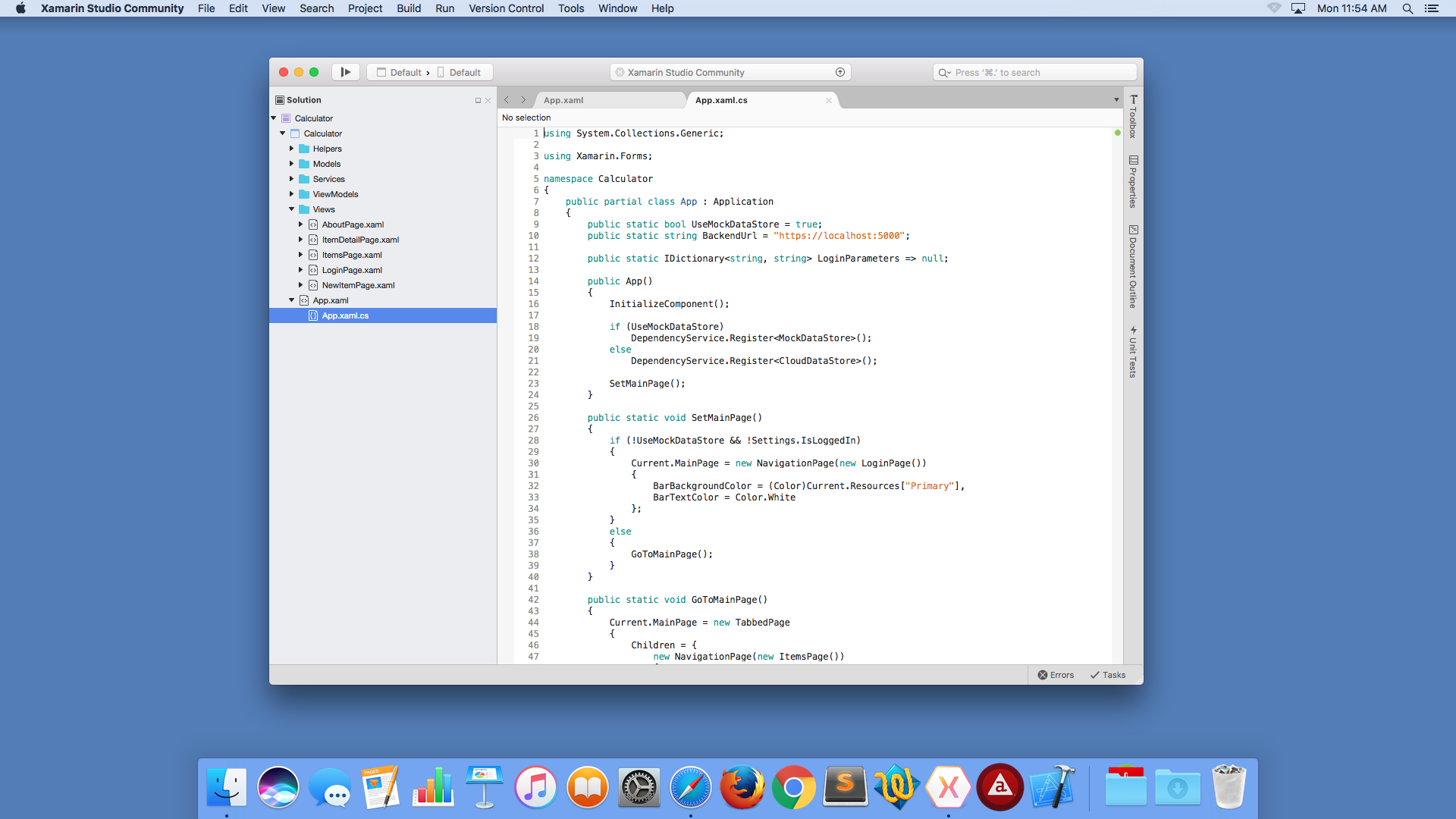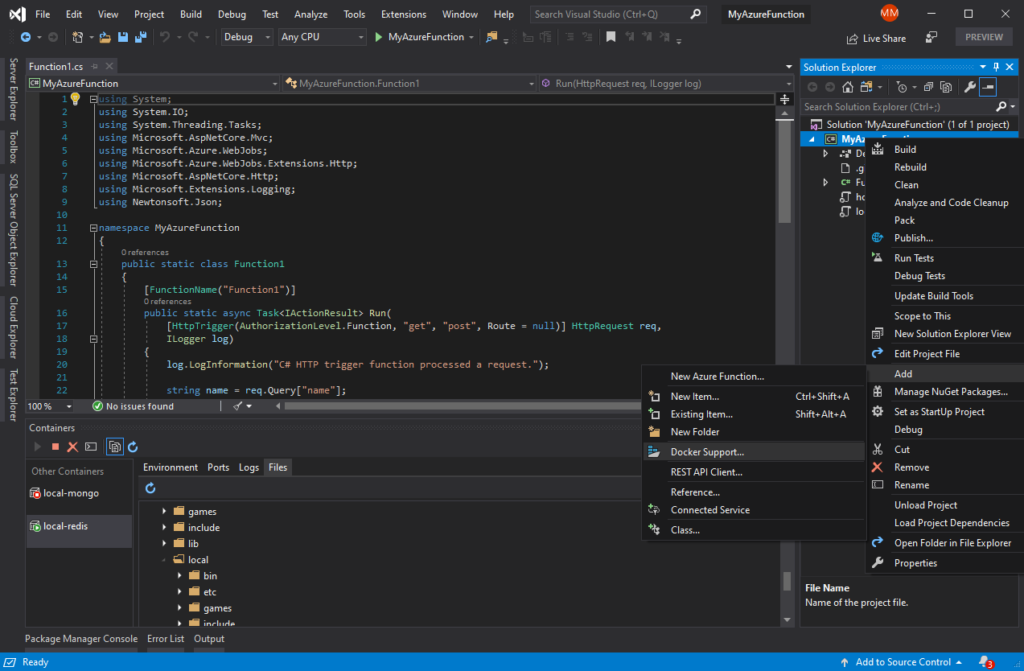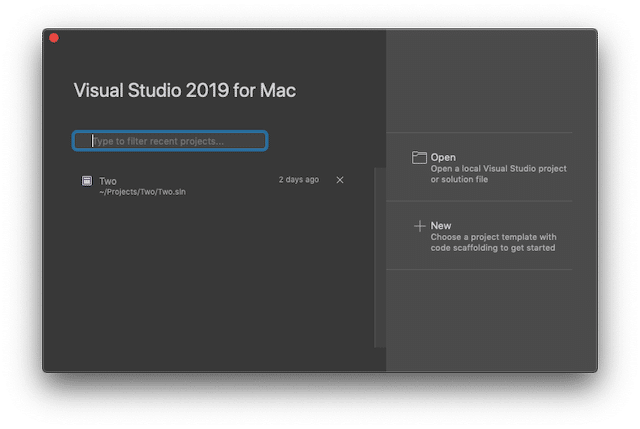
Every tutorial and dependency will be compiled. You will see a Tutorials.sln file : open it with Visual Studio.

Subsequent steps will be explained with Visual Studio, but should be similar with any other IDE. If you prefer using MinGW, we recommend using Qt Creator. MAKE SURE YOU CHOOSE CUSTOM INSTALLATION AND CHECK C++. We suggest using Visual Studio 2017 Express for Desktop as a compiler.If you have an integrated Intel GPU, drivers are usually provided by your OEM (Dell, HP, …). If unsure about your GPU model : Control Panel -> System and Security -> System -> Device Manager -> Display adapter. Just go to NVIDIA’s or AMD’s website and download the drivers. If unsure, read the instruction for Windows and try to adapt them. Download the source code of the tutorialsĭetailed procedures will now be given for each platform.


Here you will learn modern OpenGL (OpenGL 3 and 4), and many online tutorials teach “old” OpenGL (OpenGL 1 and 2). If you know about something that looks like glBegin(), forget it. You don’t have to know anything, but you have to forget everything you know about OpenGL. This way, you will be able to understand everything even if you only know Java. Experience with any programming langage ( C, Java, Lisp, Javascript, whatever ) is better to fully understand the code, but not needed it will merely be more complicated to learn two things at the same time.Īll tutorials are written in “Easy C++” : Lots of effort has been made to make the code as simple as possible. No special prerequisite is needed to follow these tutorials.

Before jumping into OpenGL, you will first learn how to build the code that goes with each tutorial, how to run it, and most importantly, how to play with the code yourself.


 0 kommentar(er)
0 kommentar(er)
